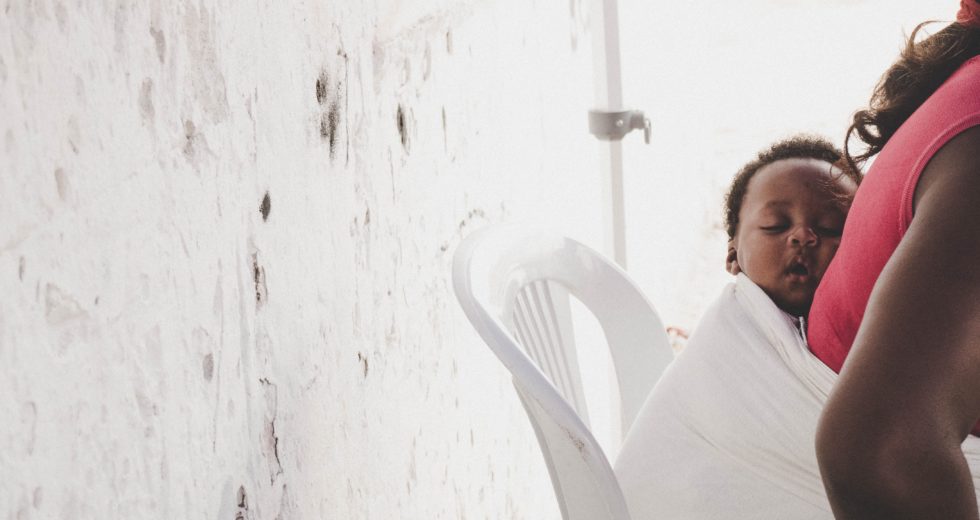Improving Early Home Visiting Programs
Pew-Chapin Hall initiative identifies how to measure improved parental capacity and child development

Early home visiting programs strive to promote maternal well-being and healthy child development. They work toward these goals by coaching parents on how to build safe, stable, nurturing relationships with their young children and helping them access needed community-based services. To understand whether these programs work, providers, funders, and policymakers need a set of tools to measure progress toward common outcomes.
The Pew Home Visiting Data for Performance Initiative (Pew Initiative) set out to tackle this challenge in partnership with Chapin Hall at the University of Chicago, Michigan State University, and leaders in the field from across the country. This group developed a list of nine performance indicators that they recommended states routinely track to monitor home visiting system performance. The Pew Initiative leadership team also developed a list of 16 descriptive factors – such as race, age, area of residence, and type of service– that states can use to explore the effectiveness of home visiting programs by population.
Chapin Hall and Pew knew that releasing a set of indicators and descriptive factors wasn’t enough. If states were unable to collect and interpret the necessary data, the Pew recommendations wouldn’t have a real impact. Moreover, the list of indicators was incomplete. The Pew Initiative identified two additional performance areas to include: improved parental capacity and child development. These two outcomes are fundamental aims of virtually all home visiting programs but are difficult to measure.
To address these shortcomings, Chapin Hall’s Dr. Deb Daro and Dr. Tiffany Burkhardt and their team conducted a feasibility study in five states and one large county. Chapin Hall researchers used feedback from site partners to identify and address barriers to data collection and analysis. The team also developed recommendations for how states should capture changes in the two additional performance areas, parental capacity and child development.
The final Pew list of 10 performance indicators and 13 descriptive factors combine evidence from the literature with feedback from local partners in one actionable, concise, and comprehensive toolkit. Administrators can now demonstrate the benefits of investing in early home visiting—an important step in ensuring the future well-being of children and families in their state.
Chapin Hall’s team of experts is actively working to promote child well-being through this and other projects. For more information about the Pew Initiative or to inquire about potential partnerships, please contact Dr. Daro.
 Thank you for your interest in Chapin Hall’s research. Please share some information to access this file.
Thank you for your interest in Chapin Hall’s research. Please share some information to access this file.